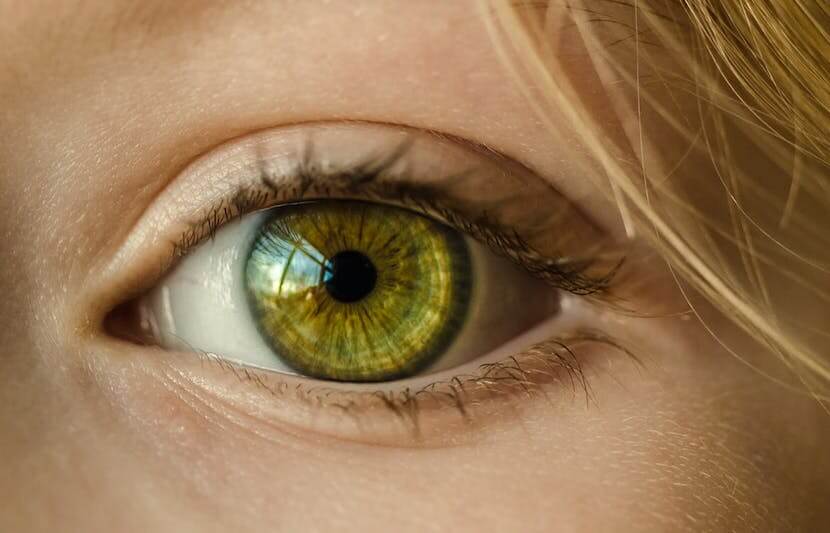A team of researchers led by Uzma Samadani, associate professor of neurosurgery at the University of Minnesota, has developed the first non-invasive device to detect intracranial pressure, a result of brain injury. Samadani is also co-founder of Oculogica Inc., a company that was formed to commercialize the technology and make it available for use.
Concussions and other forms of traumatic brain injury (TBI) are common in the United States, and can often lead to the brain swelling and expanding within the skull. This swelling is better known as intracranial pressure (ICP). Up until Samadani’s discovery, the best methods for detecting ICP were asking the patient to follow a finger with their eyes, or opening the cranium to place a pressure-detecting probe directly on the brain.
Now, Samadani and her team have developed EyeBOXCNS™, a revolutionary device geared to accurately diagnose traumatic brain injury. EyeBOXCNS™ detects decreased nerve function in the eye, which is a red flag for ICP. The less the nerves move within the eye, the more severe the brain swelling.
In the study, EyeBOXCNS™ was used to test 23 patients who needed ICP monitoring as a result from brain bleeding, tumors, or stroke. The patients watched 220 seconds of film clips while a camera recorded their eye movements. Data stemming from the study affirmed the correlation between decreased eye movement and increased ICP.
Samadani has plans to make EyeBOXCNS™ a consumer device. “We have started a company to commercialize this technology and make it mainstream, affordable, and accessible to absolutely everyone,” said Samadani during the TED talk shown in the video here. But, the technology is yet to go through the rigorous FDA approval system. “We hope to submit to the FDA soon. After that, commercialization will hopefully proceed expeditiously,” explained Samadani to TUN.
The technology was originally geared to find “an outcome measure for a clinical trial to improve outcomes after brain injury,” Samadani told TUN. But, “the FDA wasn’t allowing us to use MRI because the subjects had impaired consciousness and they were concerned about risks associated with an implanted device in the MRI scanner in a subject who could not relay distress.” So, in an effort to follow FDA demands, the team “decided to develop an eye-tracking algorithm to assess attention. We serendipitously found that brain-injured subjects were not capable of coordinated eye movement in the same way as normals.”
Concussions and traumatic brain injuries are severe medical issues with very few methods of detection or rehabilitation. Four to five million Americans suffer from a concussion every year, and 5.3 million are estimated to live with a TBI-related disability. But now, “concussion does not have to be invisible,” Samadani said during her TED talk.
“When something is invisible you can’t run clinical trials, you can’t test whether something prevents it, you can’t test whether something treats it,” said Samadani during her TED talk. But, when something is not invisible, imagine what you can do. You can improve quality of life and you can save lives.”
Middle and high school students make up a large percentage of concussion patients. One in five high school athletes will experience a concussion, and the more concussions you have the higher the likelihood of getting another. Thirty-three percent of high school athletes suffer from a concussion experience two or more times in the same year.
Oculogica set up testing at the children’s hospital of Philadelphia Concussion Center and “saw, sadly enough, that concussion in children results in just as severe eye movement abnormalities as it does in adults,” said Samadani during her TED talk. EyeBOXCNS™ can effectively test the severity of a concussion to limit potential pressure build up in the brain. This is especially crucial for a young and developing brain.
Samadani is very optimistic about the potential of her technology. “Eye tracking will do for brain injury what EEG did for seizures – enable better classification,” said Samadani. EyeBOXCNS™ will revolutionize ICP treatment and open doors for further advanced research and development.



